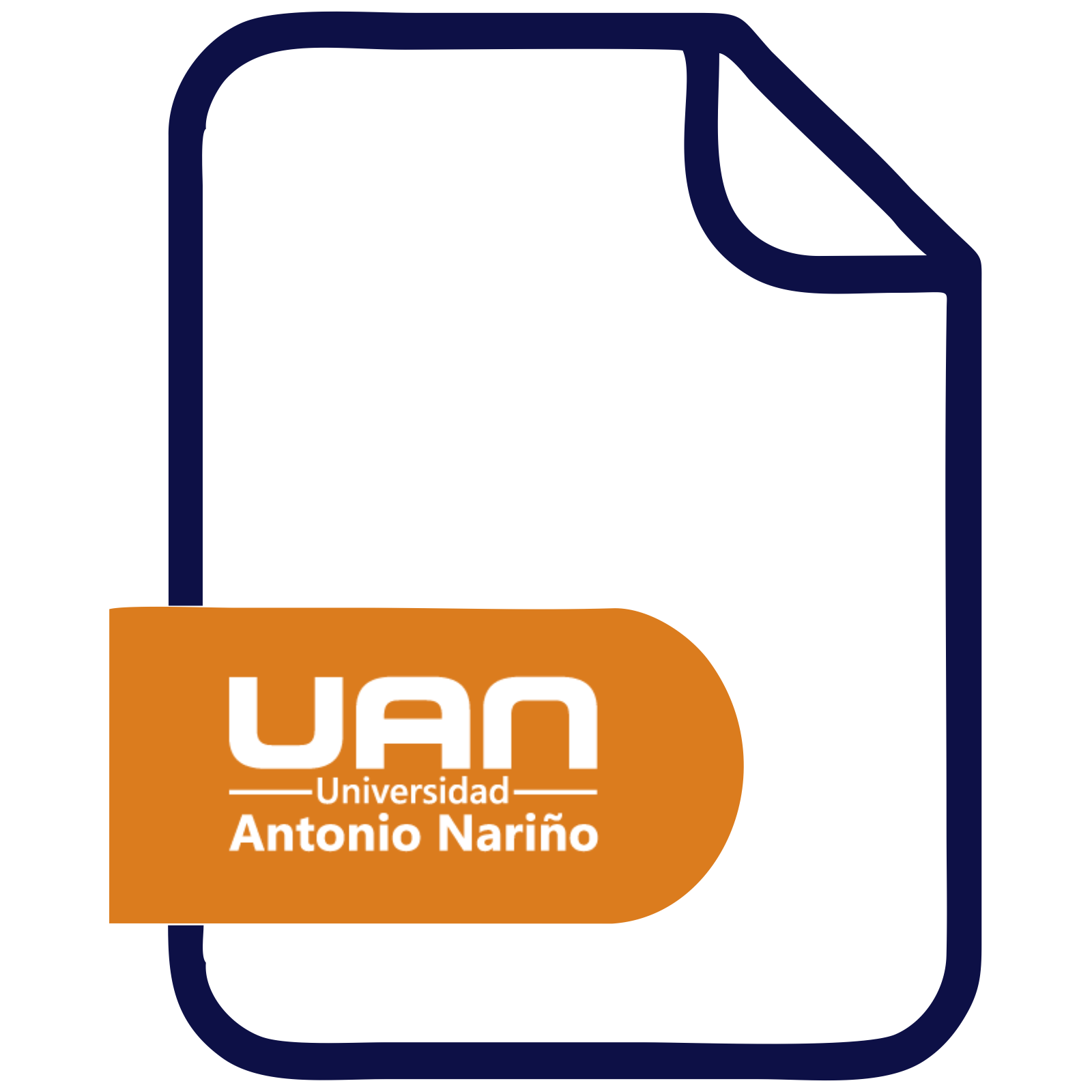Por favor, use este identificador para citar o enlazar este ítem:
http://repositorio.uan.edu.co/handle/123456789/2210> Repositorio UAN
Repositorio UANComunidades y ColeccionesTitulosMateriasAutoresFecha de publicacion
Mi CuentaAccederRegistro
Mi CuentaAccederRegistro
| Título : | Diseño de una plataforma mecánica rodante con capacidad de carga de 900 kg que sustituya temporalmente las funciones de un neumático averiado, utilizando el método de optimización topológica |
| metadata.dc.creator: | Rodriguez Fuentes, David Esteban |
| metadata.dc.contributor.advisor: | Moreno Acosta, Henry |
| Palabras clave : | Plataforma mecánica rodante;Optimización topológica;Diseño mecánico;Neumáticos |
| Resumen : | This work presents the development of the design of a product that gives a prompt and temporary solution to the possible mishaps that may arise on the road due to the occasional failure of a tire. The design of this device has the function of supporting the load exerted by the vehicle on one of its wheels and replacing its functions to guarantee the integrity of the user and the vehicle. For this, it was defined as an initial parameter that the product will support a maximum static load of 900 kg (8829 N) and that it will obtain a mass of less than 20 kg but that it will continue to maintain its rigidity. Topological optimization corresponded to the method that was used to fulfill this requirement. This study was systematically integrated into the design methodology, starting from the collection and analysis of the products already on the market to generate a series of concepts that were evaluated from their technical characteristics up to the synthesis of the mechanical design of the platform components. With the implementation of this method, a reduction in mass and volume of 47% and 46% respectively was achieved. And the finite element analyzes validated the stiffness conservation of the component. The final result presents a design with variations in its functions in terms of the direction and weight of the device, superior to those of the products that are on the market, in addition, it satisfies each of the stated objectives. |
| metadata.dc.description.tableofcontents: | Este trabajo presenta el desarrollo del diseño de un producto que da una solución pronta y temporal a los posibles percances que pueden presentarse en la vía por la ocasional avería de un neumático. El diseño de este dispositivo tiene la función de soportar la carga que ejerce el vehículo en una de sus ruedas y sustituir las funciones de esta para garantizar la integridad del usuario y del vehículo. Para ello, se definió como parámetro inicial, que el producto soporte una carga estática máxima de 900 kg (8829 N) y que tenga una masa menor a los 20 kg pero que continúe conservando la rigidez. La optimización topológica correspondió al método que se utilizó para cumplir este requisito, este estudio fue integrado sistemáticamente a la metodología de diseño, iniciando desde la recopilación y análisis de los productos ya existentes en el mercado para generar una serie de conceptos que fueron evaluados desde sus características técnicas hasta la síntesis del diseño mecánico de los componentes de la plataforma. Con la implementación de este método se consiguió una reducción de masa y volumen del 47% y 46% respectivamente. Y los análisis por elementos finitos validaron la conservación de la rigidez del componente. El resultado final presenta un diseño con variantes en sus funciones en cuanto a la dirección y peso del dispositivo, superiores a las de los productos que se encuentran en el mercado, además, satisface cada uno de los objetivos planteados. |
| URI : | http://repositorio.uan.edu.co/handle/123456789/2210 |
| Editorial : | Universidad Antonio Nariño |
| metadata.dc.publisher.campus: | Bogotá - Sur |
| metadata.dc.publisher.faculty: | Facultad de Ingeniería Mecánica, Electrónica y Biomédica |
| metadata.dc.date.created: | 2020-07-21 |
| metadata.dc.rights.uri: | http://creativecommons.org/licenses/by-nc/3.0/us/ |
| Aparece en las colecciones: | Ingeniería mecánica |
Ficheros en este ítem:
| Fichero | Tamaño | |
|---|---|---|
| 2020DavidEstebanRodriguezFuentes.pdf | 9.48 MB | Visualizar/Abrir |
| 2020AutorizacióndeAutores.pdf Restricted Access | 821.63 kB | Visualizar/Abrir Request a copy |
Este ítem está sujeto a una licencia Creative Commons Licencia Creative Commons




